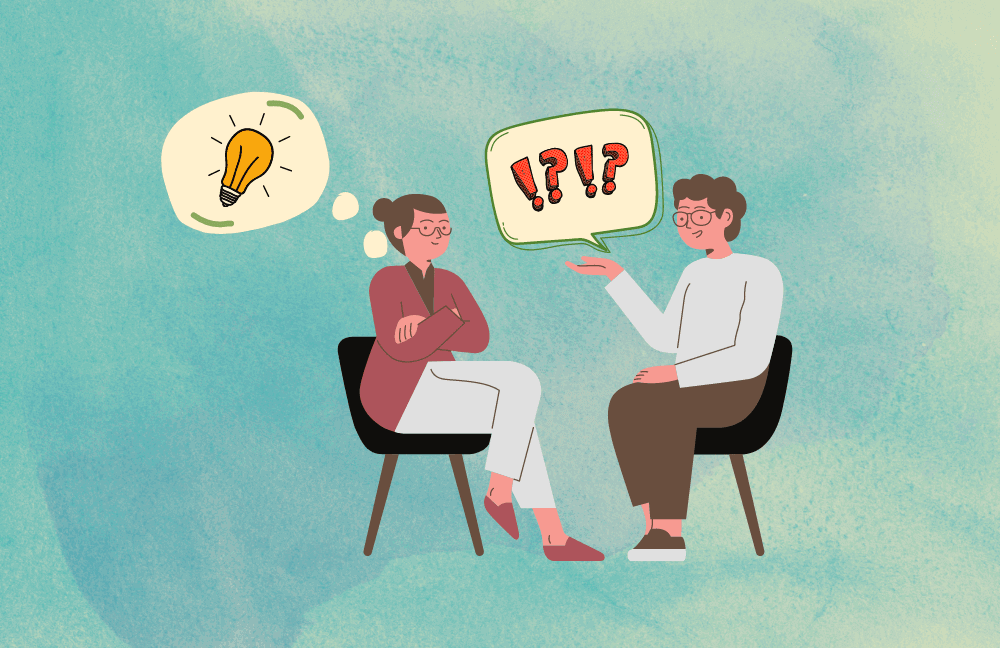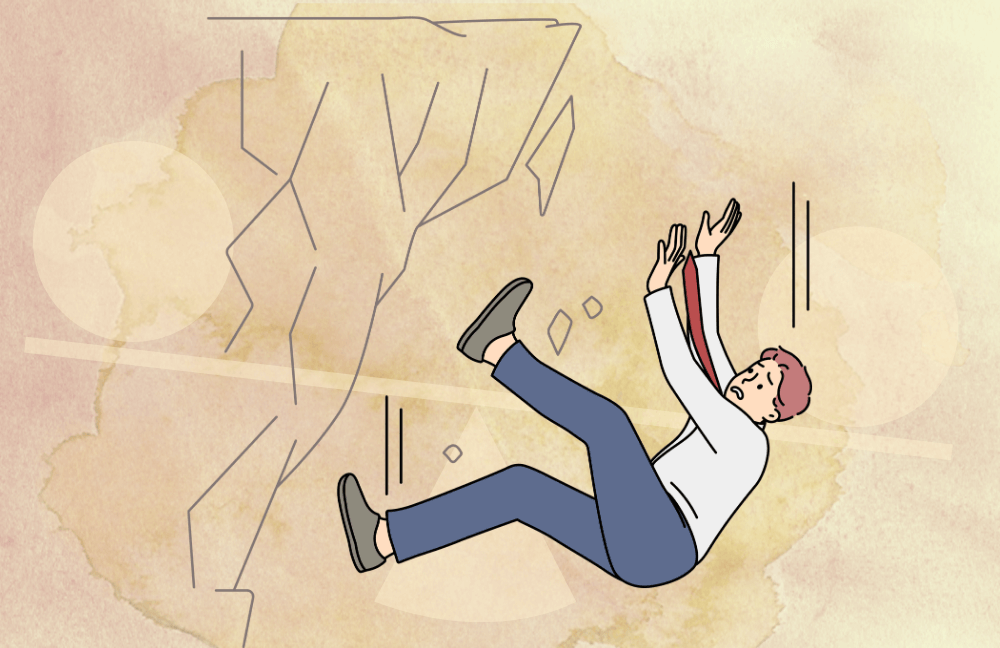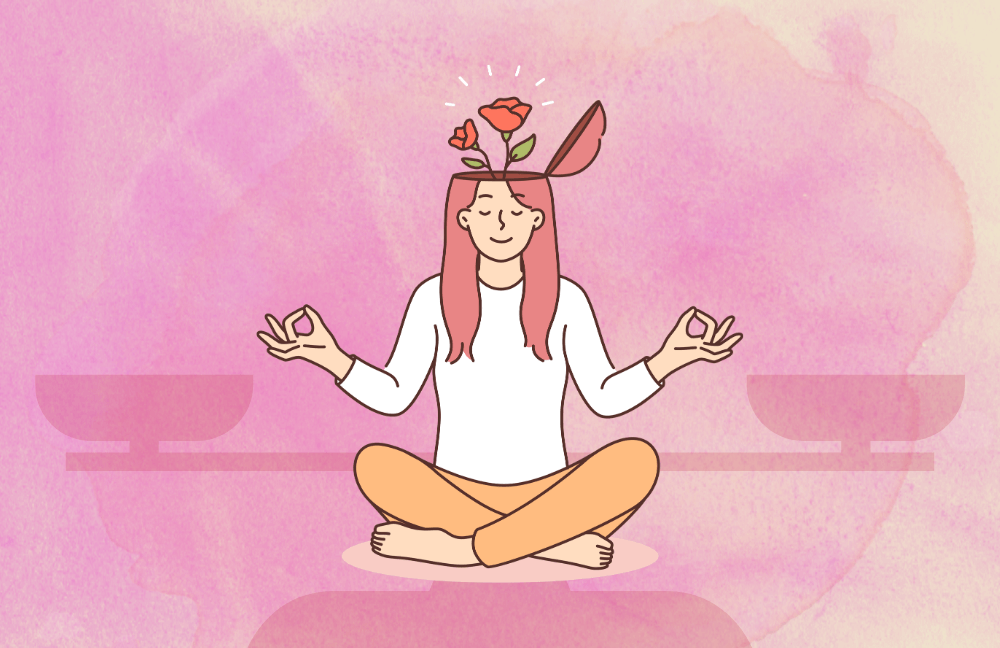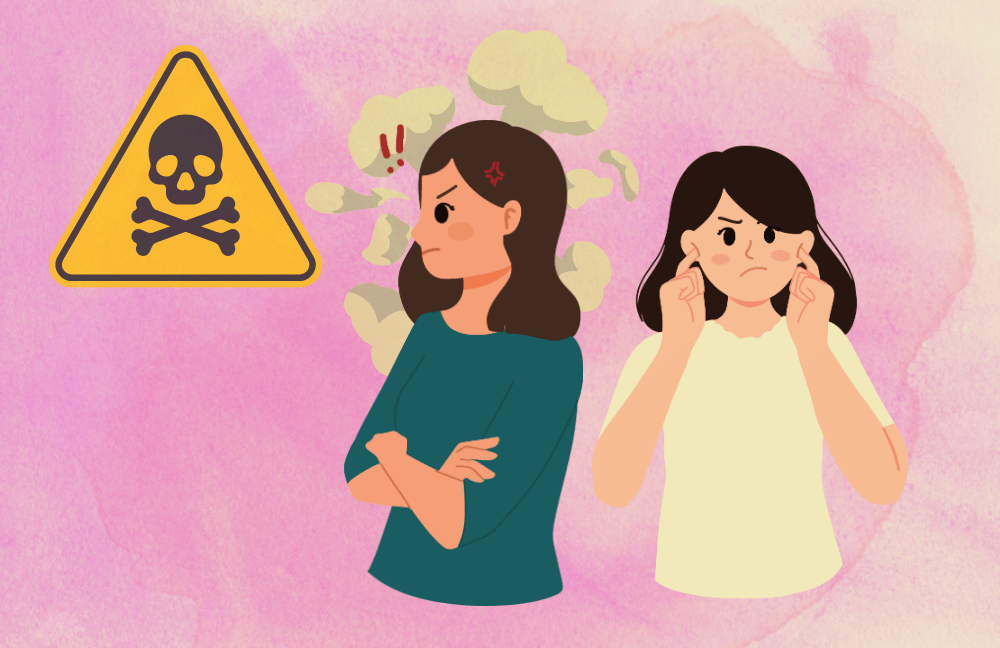
- Home
- About
- Book a Session
- Get Help
Personality
Relationships
Adult
Child
Schools
Corporates
- Do I need help?
- Trending
Attachment styles are inbuilt patterns of connecting with people. They tell us why we get into relationships and also predict how we thrive or struggle with them, as well as end them. Humans have an innate tendency to seek love, support, acknowledgment and comfort from others. We seem to have a need, not just a desire to belong. All our relational motivations evolve through interactions in childhood. These internal working models (IWMs) are automatic, that’s why we often respond to the words, intents and actions of our loved ones without realizing why we speak or behave the way we do. Our security, comfort and trust in relationships is largely influenced by the attachment style we perceived in our childhood.
It is nothing other than connection, which builds autonomy. The more securely linked you are with other human beings, the lesser is the feeling of incompleteness or dependence. It’s the most beautiful paradox of life.
- Shefali Batra
“A securely attached child will store an internal working model of a responsive, loving, reliable care-giver, and of a self that is worthy of love and attention from all relationships.”
- Shefali Batra






WhatsApp us